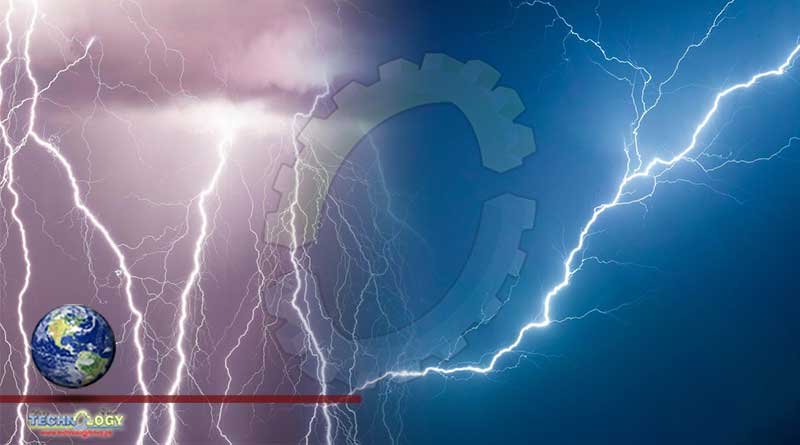Lightning strikes are rare phenomenon in the Arctic Circle – but as the global climate has begun to warm, these events become more common.

Lightning strikes are an extremely rare phenomenon in the Arctic Circle – but as the global climate has begun to warm, these events have become more common. Just in 2019, lighting hit 483 kilometers (300 miles) of the North Pole, the northernmost instance on record. New research suggests that the amount of lighting is destined to double in the coming decades.
As reported in Nature Climate Change, researchers have modeled the occurrence of lightning strikes at higher latitudes and discovered that by the end of the century, these are expected to increase by about 100 percent.
“We projected how lightning in high-latitude boreal forests and Arctic tundra regions will change across North America and Eurasia,” lead author Dr Yang Chen, from the University of California, Irvine, said in a statement. “The size of the lightning response surprised us because expected changes at mid-latitudes are much smaller.”
The work looked at the changes in the frequency of lightning strikes in the northern regions of the Earth between 1986 and 2005. The team matched this to other climate factors, and saw a relationship between them. Using models looking at the future effects of the climate crisis, they created an expected rate of lightning in the northern hemisphere between 2081 and 2100. They saw that the further north you go, the more pronounced the increase in lighting strikes is.
The starting point of this research was not exactly lighting, but wildfires. In particular, the team looked at the wildfire events in 2015 in Alaska. That year, 5.1 million acres of tundras and forests burned in an incredible 770 fires – one of the worst years on record for the State.
“2015 was an exceptional fire year because of a record number of fire starts,” added co-author James Randerson, a professor in UCI’s Department of Earth System Science. “One thing that got us thinking was that lightning was responsible for the record-breaking number of fires.”
The link between lightning and wildfires is concerning for many reasons. A large swathe of soil in the Arctic circle is permafrost, perennially frozen ground that stores a lot of organic carbon, which is now at risk of thawing due to many factors. Lightning and drier conditions increase the chances of wildfires. This leads to more permafrost melting, more carbon dioxide and methane released into the atmosphere, which will increase global warming. And according to this work, that increases the frequency of lightning. It is a worrying vicious cycle.
The team hopes that their model will lead to more monitoring of lightning strikes and wildfires in the Arctic.
Originally published at ifl Science
